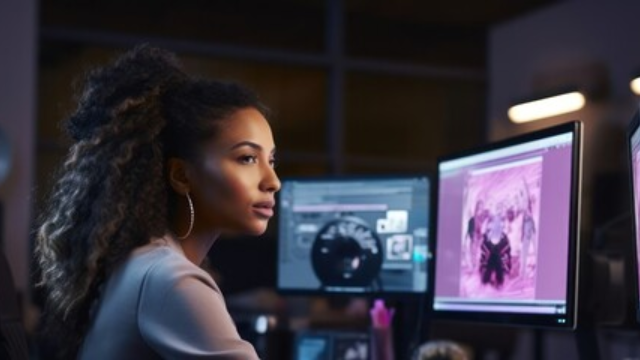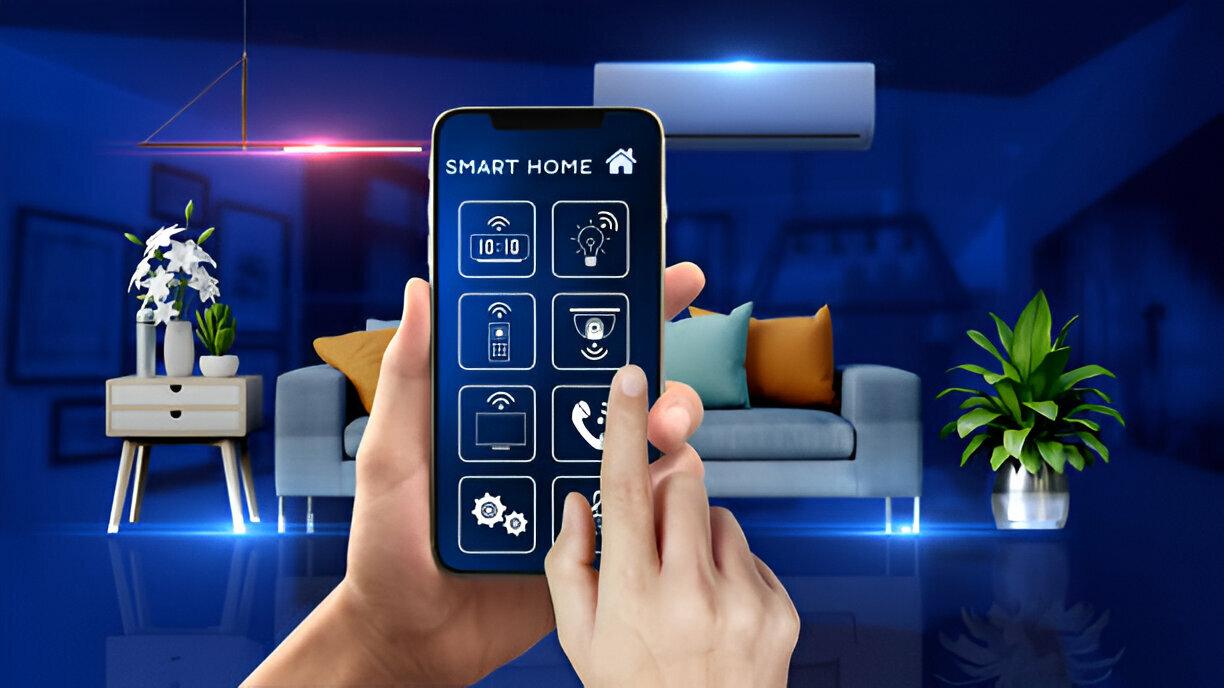Do you ever wonder how graphic designers use typography to create stunning visuals? Well, get ready to dive into the world of fonts and letterforms. In this article, we’ll explore how designers like yourself establish visual hierarchy, enhance readability, convey tone, and create brand identities using the power of typography. Get ready to unleash your creativity and make a lasting impact with your design choices. Let’s dive in!
Establishing a Visual Hierarchy
To establish a visual hierarchy, graphic designers use typography to guide your eye and prioritize information. Typography plays a crucial role in marketing and web design, as it helps convey messages effectively and grab your attention. In marketing, typography is used to create a strong brand identity and evoke specific emotions. By choosing the right typeface, font size, and spacing, designers can communicate the intended message and connect with the target audience. For example, a bold and modern typeface may be used to convey a sense of innovation and professionalism, while a playful and whimsical font can evoke a sense of fun and creativity. In web design, typography is essential for organizing content and improving readability. Designers use different font styles, weights, and sizes to differentiate headings, subheadings, and body text, making it easier for you to navigate and understand the information. Additionally, typography helps create a visual hierarchy by emphasizing important information and guiding your eye through the page. This ensures that the most crucial content is noticed first, capturing your attention and encouraging you to explore further. Overall, typography is a powerful tool that graphic designers use to create visually appealing and effective marketing materials and websites.
Enhancing Readability and Legibility
To enhance readability and legibility, graphic designers use typography to ensure that the text is clear and easy to read for the viewer. By carefully selecting fonts and adjusting variables such as size, spacing, and line length, designers can improve accessibility and optimize user experience. Here are three ways they achieve this:
- Font Selection: Graphic designers choose fonts that are legible and appropriate for the intended audience. They consider factors such as serif or sans-serif, readability at different sizes, and the overall style that aligns with the project’s objectives.
- Size and Spacing: Typography experts pay attention to the size of the text to ensure that it is neither too small nor too large. They also adjust the spacing between letters, words, and lines to enhance readability. Proper spacing can prevent text from appearing cramped or scattered, making it easier for readers to navigate.
- Contrast and Color: Designers use contrast to make text stand out and improve legibility. They consider the background color and choose a font color that provides sufficient contrast, ensuring that the text is easily distinguishable. By carefully selecting colors, designers can create a visually appealing and accessible reading experience.
Conveying Tone and Mood
As a graphic designer, you know that font choice has a significant impact on conveying tone and mood. The typeface you choose can evoke different emotions and set the overall tone of your design. Additionally, typography allows you to visually tell a story, using different styles and arrangements to guide the viewer’s emotions and create a specific mood. The way you manipulate typography can elicit excitement, serenity, or even sadness, making it a powerful tool in conveying the desired tone and mood in your designs.
Font Choice Impact
Choosing the right font conveys tone and mood effectively in graphic design. Font psychology plays a crucial role in conveying the desired message to your audience. Here are three ways font choice can impact the tone and mood of your design:
- Typeface personality: Different fonts have inherent personalities that evoke specific emotions. For example, a bold and angular typeface can convey strength and power, while a delicate and flowing script font can evoke elegance and femininity.
- Font pairing: Combining fonts with complementary personalities can create a harmonious visual language. Pairing a bold, sans-serif font with a subtle, serif font can create a balanced and professional look.
- Cultural associations: Certain fonts may have cultural associations that can impact the tone of your design. For instance, using a traditional serif font may convey a sense of tradition and heritage, while a modern sans-serif font can evoke a contemporary and forward-thinking mood.
Visual Storytelling Through Type
You can effectively convey tone and mood in your graphic designs through the visual storytelling power of typography. Typography has the ability to evoke certain emotions and set the tone for your design. It is essential to consider the cultural context when choosing typography, as different typefaces can have different connotations in different cultures. For example, a script font may convey elegance and sophistication in one culture, while in another it may be seen as informal or outdated. Typography also plays a crucial role in advertising campaigns. The right font choice can capture the essence of a brand and communicate its message effectively. Whether it’s a bold and loud typeface for a high-energy product or a clean and minimalist font for a luxury brand, typography can help create a visual narrative that resonates with your audience.
Emotion Through Typography
To effectively convey tone and mood in your graphic designs, graphic designers use typography to evoke specific emotions and set the desired tone. Typography plays a crucial role in expressing personality and evoking nostalgia in design. Here are three ways typography can help convey emotion:
- Font choice: Different fonts have distinct personalities and can evoke different emotions. For example, a bold and modern font can convey a sense of confidence and strength, while a script font can evoke a feeling of elegance and nostalgia.
- Typeface pairing: Combining different typefaces can create contrast and harmony, which can influence the overall tone of the design. Pairing a serif font with a sans-serif font can create a balanced and professional look, while pairing a handwritten font with a clean and minimal font can evoke a sense of creativity and playfulness.
- Text formatting: The way text is formatted, such as its size, weight, and spacing, can also contribute to the emotional impact of the design. Large and bold text can convey a strong and assertive tone, while smaller and lighter text can create a more delicate and intimate mood.
Creating a Brand Identity
When developing a brand identity, graphic designers rely on typography to communicate the essence and values of the company. Typography plays a vital role in designing logos and selecting color palettes that convey the brand’s personality and connect with the target audience.
Logos are the visual representation of a brand, and typography plays a significant role in their design. Graphic designers carefully choose fonts and letterforms that align with the brand’s image, whether it’s sleek and modern or traditional and elegant. The typefaces used in a logo can evoke emotions and create a strong visual identity for the brand.
Additionally, typography plays a crucial role in selecting color palettes for a brand. Designers consider the psychology of colors, as different hues evoke different emotions and associations. By using the right combination of colors and typography, designers can create a cohesive and visually appealing brand identity that resonates with the target audience.
Typography also helps establish consistency across various brand touchpoints, such as websites, packaging, and advertisements. By using consistent fonts, sizes, and styles, designers ensure that the brand’s messaging remains cohesive and easily recognizable.
Adding Emphasis and Impact
Typography continues to play a crucial role in adding emphasis and impact to a brand identity by strategically utilizing fonts and letterforms. By creating contrast and using typographic elements effectively, graphic designers can capture the attention of their audience and leave a lasting impression. Here are three ways in which designers can achieve this:
- Font choice: Selecting the right font is essential for conveying the desired message. Bold and strong fonts can evoke a sense of power and authority, while elegant and flowing fonts can create a sense of sophistication. By choosing fonts that align with the brand’s personality and values, designers can enhance the impact of their designs.
- Typography hierarchy: Establishing a clear hierarchy within the typography is crucial for guiding the viewer’s attention. By varying font sizes, weights, and styles, designers can emphasize important information and guide the viewer’s reading path. This ensures that key messages are easily understood and remembered.
- Contrasting elements: Incorporating contrasting typographic elements, such as varying font styles or colors, can create visual interest and draw attention. Contrasting elements help to highlight important information and make it stand out from the rest of the design. It adds depth and dimension to the overall composition, making the message more impactful.
Guiding the Viewer’s Eye
By strategically guiding the viewer’s eye, graphic designers can ensure that the intended message is effectively communicated through typography. Typography plays a crucial role in both user experience and accessibility. When designing a layout, designers use various techniques to guide the viewer’s eye and create a visual hierarchy that leads to a seamless reading experience.
One way designers guide the viewer’s eye is through the use of size and weight. By making certain elements larger and bolder, designers can draw attention to key information or headlines. This helps users quickly identify the most important content on a page.
Another technique is the use of whitespace. Designers strategically leave empty spaces between elements to create visual breaks and guide the viewer’s eye from one section to another. Whitespace not only improves readability but also adds a sense of balance and organization to the design.
Color is also a powerful tool for guiding the viewer’s eye. By using contrasting colors, designers can direct attention to specific areas of the design. Additionally, designers can use color to create a visual hierarchy by assigning different colors to different levels of information.
Ultimately, by strategically guiding the viewer’s eye, graphic designers can enhance the overall user experience and ensure that the intended message is effectively communicated through typography.
Experimenting With Typography Trends
To stay current and innovative, graphic designers continuously explore new typography trends. Experimenting with typography allows designers to push the boundaries of traditional design and create visually captivating and engaging experiences for their audience. Here are three ways designers are currently experimenting with typography trends:
- Innovative font pairings: Designers are no longer limited to using one or two fonts in their designs. They are now experimenting with unique combinations of fonts to create visually appealing and harmonious designs. By pairing fonts with contrasting styles, weights, and sizes, designers can create a dynamic and eye-catching composition.
- Typography in interactive design: With the rise of interactive design, typography is playing a crucial role in enhancing user experience. Designers are experimenting with typography by incorporating animations, hover effects, and interactive elements. This allows users to engage with the typography and adds an extra layer of interactivity to the design.
- Experimental type treatments: Designers are pushing the boundaries of typography by experimenting with unconventional type treatments. This includes distorting, warping, or manipulating letterforms to create unique and expressive designs. By thinking outside the box, designers can create visually striking and memorable typography that captures the attention of the audience.



